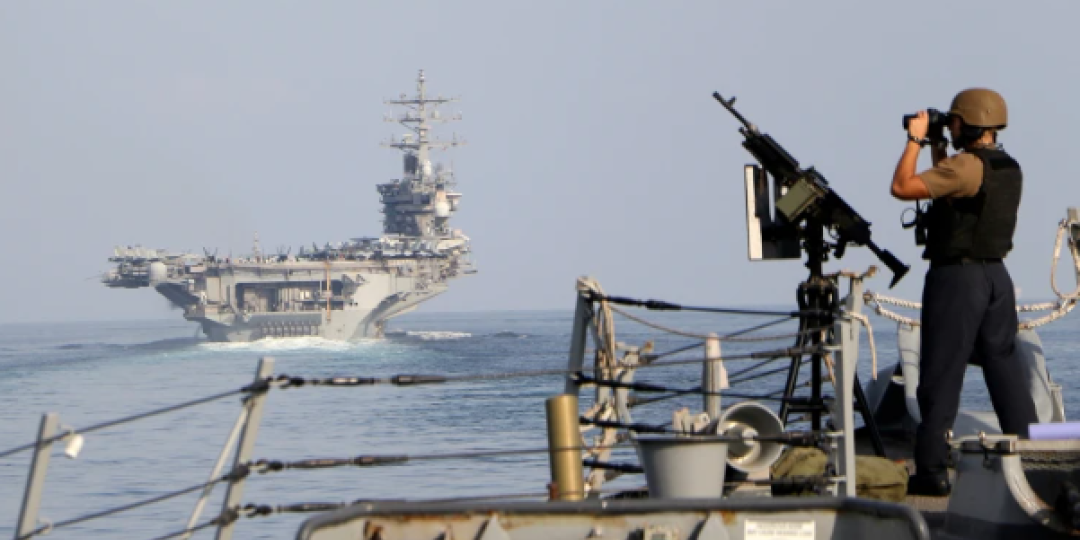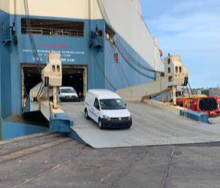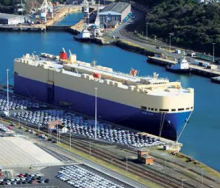The Iran-backed rebels that have brought shipping south of the Suez Canal to a standstill since last November when a car carrier with 4,500 units on board was hijacked by Houthi militia from Yemen, may have reached a turning point.
Initially, the joint military response by naval forces from the US and UK bore all the signs of the effective might of Western firepower.
However, targeted strikes on military installations inside Yemen soon seemed ineffective as hit-and-run attacks continued to disrupt shipping in the region of Bab al-Mandab Strait, the narrow passage connecting the Red Sea with the Gulf of Aden.
The ensuing maritime traffic disruption has brought a near-complete halt to vessel traffic through the Suez, with all major global container lines, tankers, and bulk carriers electing to divert vessels away from Egypt and the Horn of Africa.
Diverting vessels away from the Suez is costing the liner trade millions in extra expense and has sent ripples across the entire industry, necessitating additional container manufacturing to absorb lag in the equipment system, especially on east-west TEU availability.
But safety assessor Risk Intelligence believes it may be seeing the beginning of the end.
Despite initial expectations, the Houthis have demonstrated remarkable resilience in the face of sustained barrages on supporting installations from aerial attacks launched by US aircraft carriers.
However, rebel attacks have since decreased by half.
According to Risk Intelligence, it has seen a de-escalation of at least 50% in firepower.
It is believed that the Houthi’s missile strikes, a core component of its campaign against maritime traffic, may even have decreased by as much as 60%.
Risk Intelligence says that it appears as if counterstrikes by combined forces around the Horn have significantly dented and diminished the Houthi’s capability to accurately launch missiles and bounce back from military capacity destruction at the hands of the US and UK.
The latest assessment of the situation comes as EUNAVFOR Aspides, the EU Naval Force consisting of Germany, France, Italy and Belgium, is busy deploying in the region to assist Western firepower already present off the coast of Yemen. Source: The Loadstar













